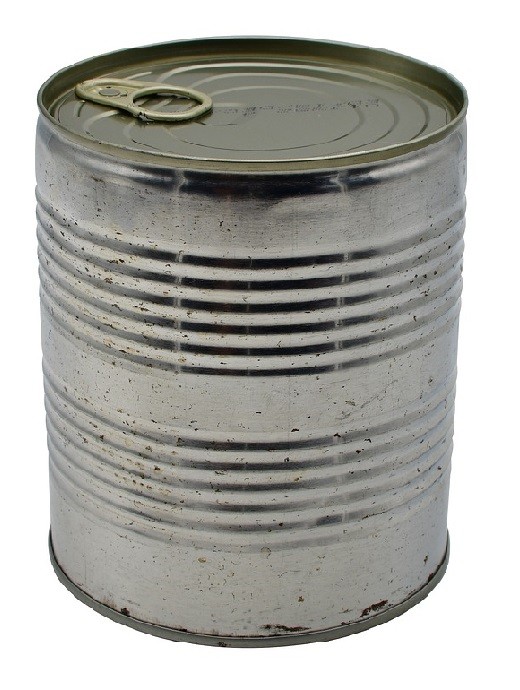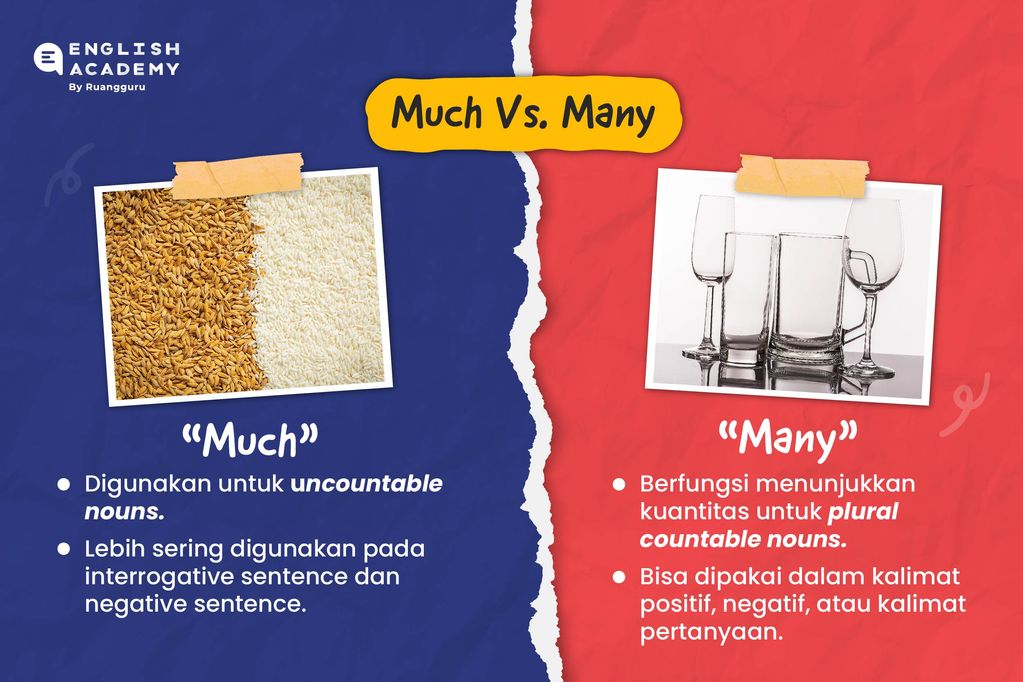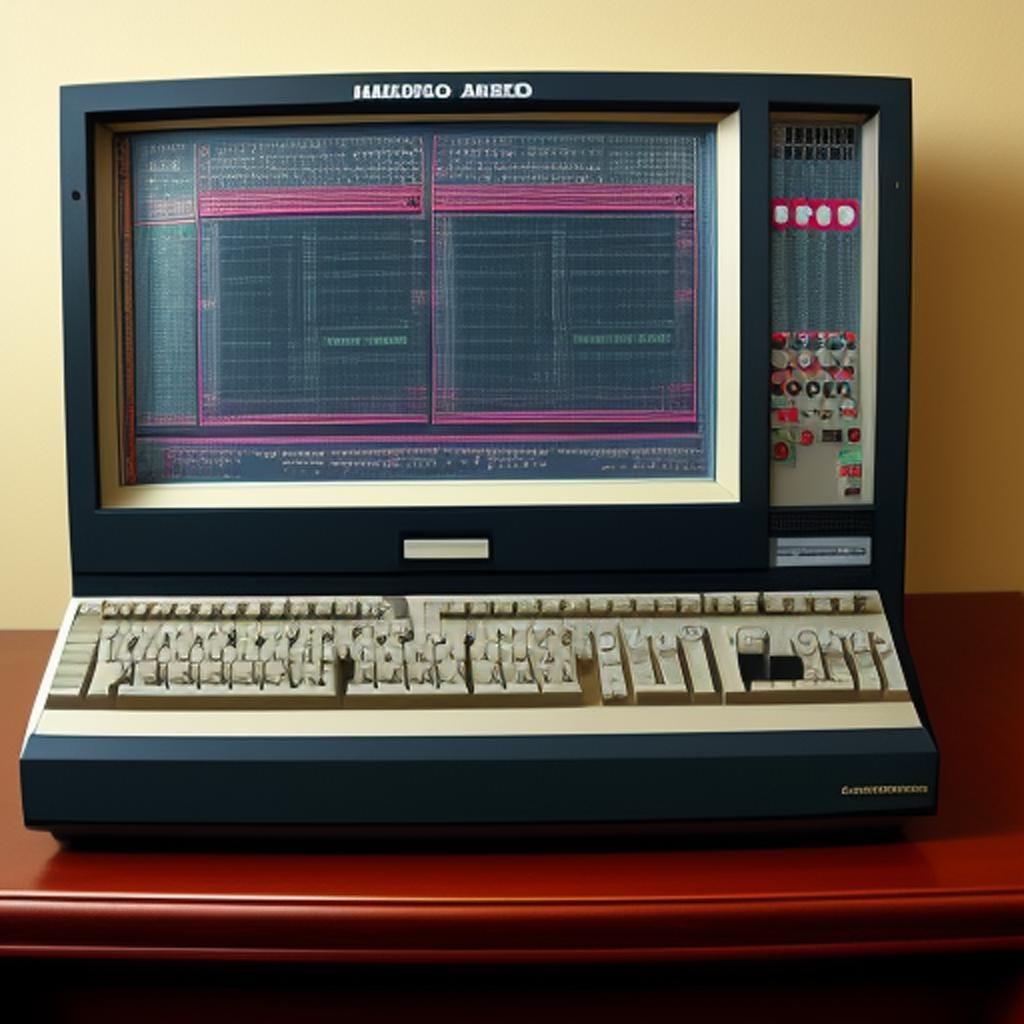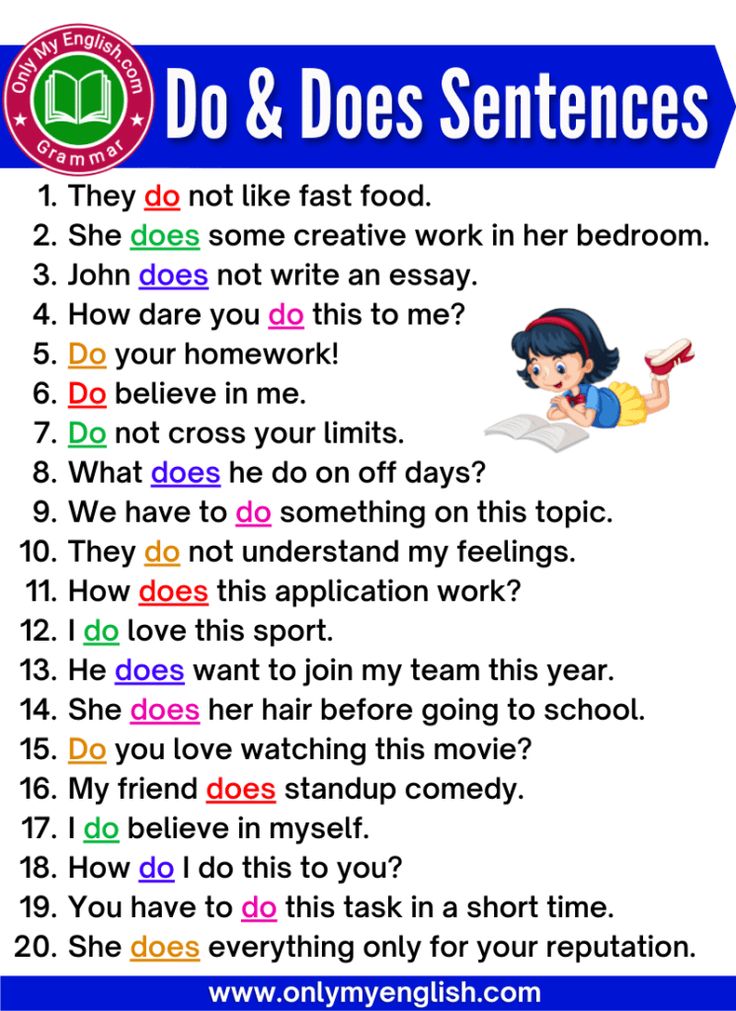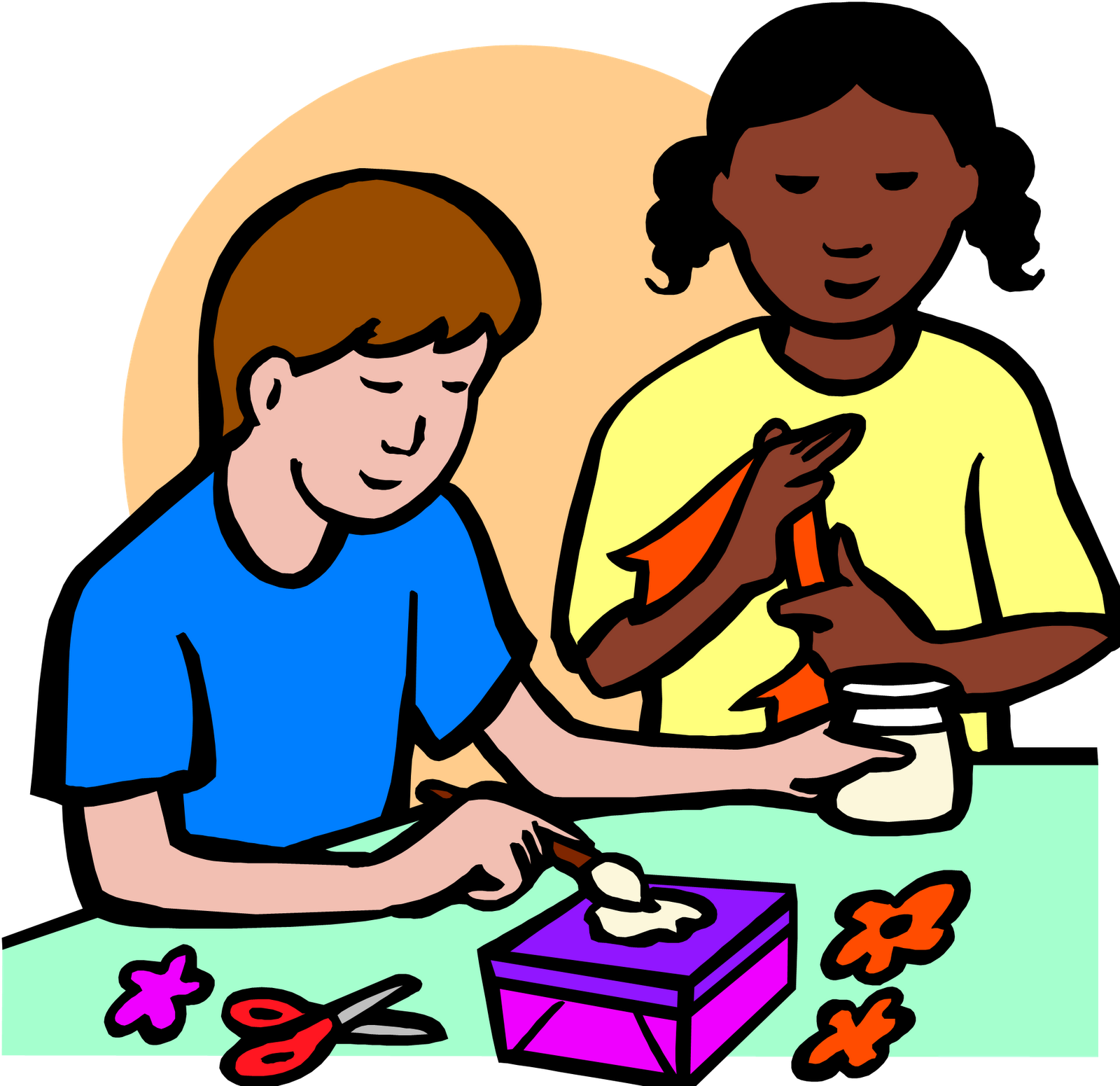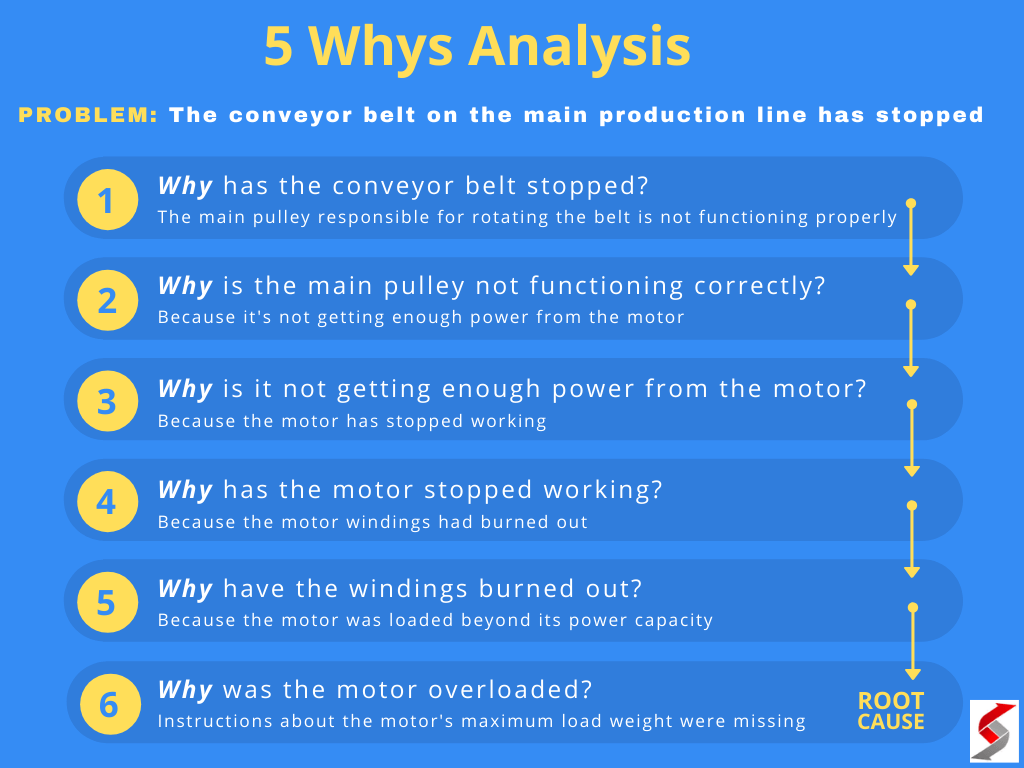Step-by-Step Guide to Making Effective DIY Fidget Toys at Home
Introduction: Why DIY Fidget Toys Are Beneficial
DIY fidget toys offer a practical, cost-effective solution for managing stress, improving focus, and supporting fine motor skills in children and adults. Making your own fidget toys not only encourages creativity but also provides a customizable sensory experience tailored to your needs. This guide will explore the most effective, safe, and engaging ways to craft your own fidget toys using accessible materials.
Understanding the Science and Benefits of Fidget Toys
Fidget toys have gained popularity for their ability to provide tactile stimulation and help with concentration. Research suggests these tools can aid in managing symptoms of ADHD, anxiety, and sensory processing disorders by channeling nervous energy into repetitive motion, which calms the mind and improves attention span. Whether in the classroom, at work, or at home, fidget toys serve as discreet companions for anyone needing extra sensory input [2] .
Essential Safety and Materials Guidance
Before starting any DIY project, prioritize safety. Always use non-toxic, child-safe materials, especially for young users. Supervise children closely when using sharp objects (like scissors) or small components that could pose choking hazards. Common household items-such as balloons, rubber bands, paper clips, and duct tape-are frequently used in DIY fidget toys due to their accessibility and versatility [1] .

Source: glamour.globo.com
Step-by-Step Instructions for Popular DIY Fidget Toys
1. Squishy Stress Ball
Materials: 2 water balloons, flour or cornstarch, funnel.
Instructions: Insert a funnel into the neck of the first balloon and fill it with flour or cornstarch until it feels comfortable to squeeze. Remove air bubbles and tie the balloon tightly. Stretch the second balloon and wrap it around the first to add an extra layer of strength. This double-layered approach minimizes mess and improves durability. The finished ball should be soft, pliable, and perfect for squeezing during stressful moments [1] .
Challenges and Solutions: If the flour is messy, consider substituting with play dough or a similar filler. For younger children, always supervise as balloons can be a choking hazard.

Source: babelteam.com
Alternatives: Use rice or sand for a different texture. Add a drop of essential oil for a calming scent.
2. Endless Duct Tape Cube
Materials: Duct tape, scissors, cardboard.
Instructions: Cut small squares of cardboard and cover each with colorful duct tape. Assemble the squares into a cube using more duct tape, ensuring the joints are flexible enough to allow the cube to be folded and unfolded repeatedly. This creates a continuous motion that can be soothing to fidget with [1] .
Tips: Use several colors or patterns for visual appeal. Reinforce edges to prevent tearing over time.
Alternatives: Use playing cards or recycled plastic instead of cardboard for added durability.
3. Homemade Fidget Spinner
Materials: Skate bearing (can be salvaged from old skates), cardboard or plastic, duct tape, glue.
Instructions: Cut a symmetrical shape (such as a triangle or star) from cardboard or plastic. Secure the skate bearing in the center using glue and reinforce with duct tape. Decorate as desired. Hold the bearing and spin the outer frame for a classic fidget experience [1] .
Considerations: Ensure all edges are smooth to prevent cuts. Bearings should be free of rust and debris for optimal spinning.
Variations: Add pennies or washers to the arms for more weight and longer spins.
4. Fluffy Slime
Materials: White glue, shaving cream, contact lens solution, baking soda, food coloring.
Instructions: Mix one cup of glue with one cup of shaving cream. Add a teaspoon of baking soda and a few drops of food coloring. Gradually add contact lens solution until the mixture thickens and becomes stretchy. Knead the slime until it’s no longer sticky. Fluffy slime is fun to squish, stretch, and mold, providing a sensory-rich fidget tool [2] .
Safety Note: Store in an airtight container to prevent drying out. Always wash hands after use.
Alternatives: For a mess-free option, create “no-mess” putty using pre-mixed kits available at craft stores.
5. Paper Clip Fidget Chains
Materials: Paper clips (plastic-coated or metal).
Instructions: Link paper clips to form a chain of desired length. Twist, bend, and rearrange the chain to keep hands busy during class, meetings, or while reading. This is a quiet and inexpensive option well-suited for office or school settings [2] .
Customization: Use colorful or differently-sized paper clips for variety.
6. Rubber Band Fidget Tools
Materials: Rubber bands, pencil or Popsicle stick.
Instructions: Wrap several rubber bands around a pencil, pen, or stick to create a textured, stretchy grip. Manipulate the bands to provide subtle sensory feedback, ideal for test-taking or quiet environments [2] .
Alternative: Combine with beads or buttons (secured tightly) for extra tactile input.
7. Magnet Fidget Game
Materials: Small, strong magnets (such as magnetic balls or discs), magnetic surface (like a whiteboard or metal tin).
Instructions: Arrange and slide magnets into different formations on the magnetic surface. Stack, spin, or separate them for endless combinations. This approach is ideal for sensory seekers needing a satisfying “snap” or click [2] .
Safety Warning: Magnets can be dangerous if swallowed. Always supervise young children and use large, non-swallowable magnets for safety.
Creative Variations and Inspiration
The possibilities for DIY fidget toys are nearly limitless. Many creators share their unique approaches online, such as crafting jelly fidget toys with balloons and gel, or sewing fabric marble mazes for tactile exploration [4] [5] . Watching video tutorials or browsing educational websites can provide visual guidance and fresh ideas for your next project.
For example, YouTube offers step-by-step instructions for making pop-it style fidget toys using cardboard, foam, and glue, allowing for endless customization and fun [3] .
How to Find More Resources and Community Support
If you want additional guidance or new ideas, you can search for “DIY fidget toy tutorials” on educational and crafting websites, or browse social media platforms for trending designs. Many teachers and occupational therapists share their favorite fidget projects online, making it easy to find inspiration tailored to specific needs or age groups.
For sewing-based fidget toys, you can visit reputable pattern providers such as ByAnnie.com, which offers video guides and patterns for creative, fabric-based sensory tools [5] . Always ensure tutorials come from trusted sources and double-check material safety, especially for young children or individuals with special needs.
Summary and Key Takeaways
Creating your own fidget toys at home is not only economical but also encourages creativity, problem-solving, and mindfulness. By using safe, everyday materials and following verified instructions, you can craft a wide range of fidget toys to suit any need or preference. Whether you seek stress relief, improved focus, or a fun family project, DIY fidget toys offer accessible benefits for all ages.
References
[1] Antsy Labs (2022). 20 Easy DIY Fidget Toys.
[2] WeAreTeachers (2025). 20+ DIY Fidget Toys That Are Easy and Inexpensive to Make.
[3] YouTube (2023). Crafting 9 Popular Fidget Toys | EASY DIY!
[4] TikTok (2024). DIY Jelly Fidget Toy Tutorial for Kids.
[5] ByAnnie.com (2025). Fidget Toys Pattern and Video Tutorials.
MORE FROM gowithdeal.com
